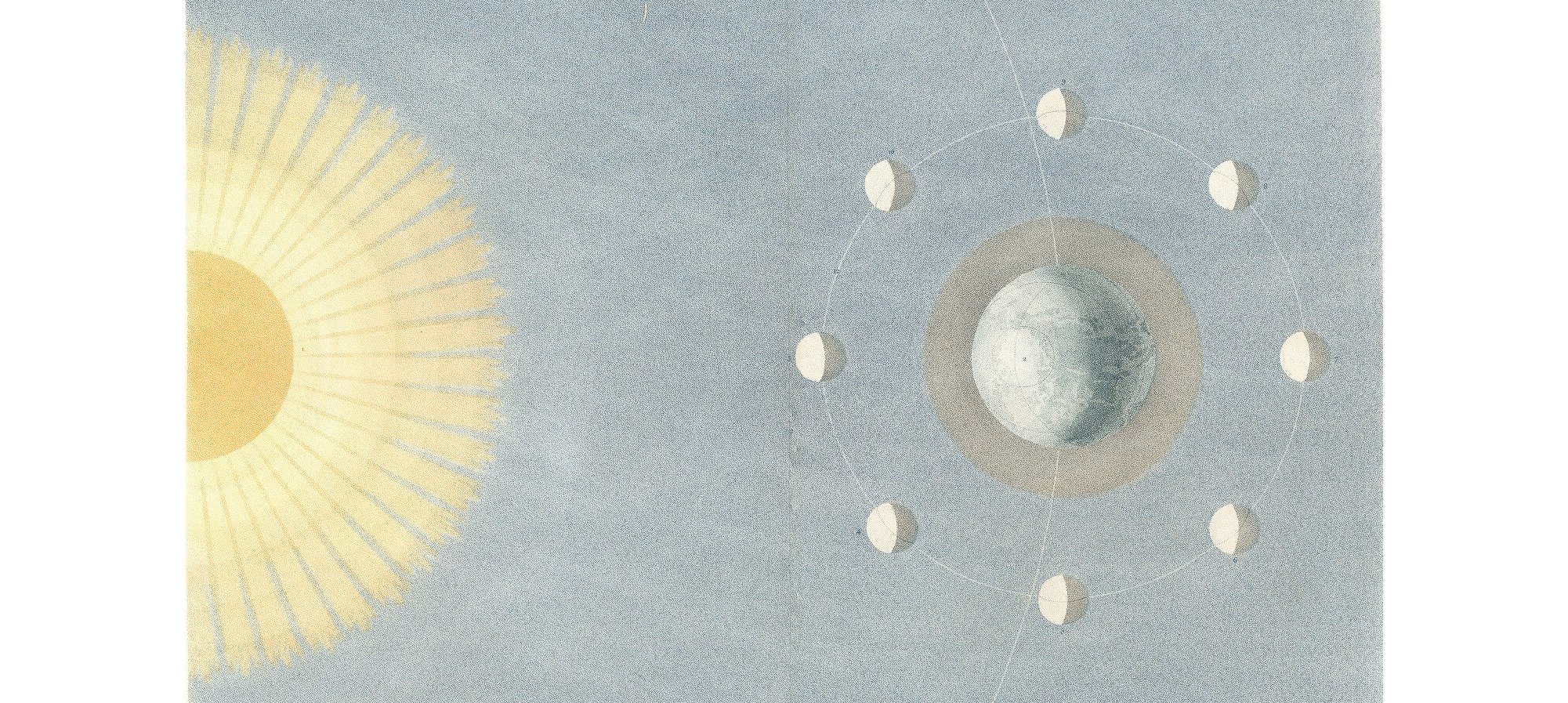1. Why do we have twelve months in a year?
Because of the moon cycle. It has a period of 29.5 days, which gives 12.4 full moons per year. Most calendars have twelve months, some thirteen.
2. Is the moon important for timekeeping?
Oh yes. It’s big in the sky and its phases change rapidly enough to be useful over a couple of days. This is particularly useful near the Equator, where the variation in the seasons and the duration of daylight are less marked than in other latitudes.
3. Why are there seven days in a week?
This dates back a very long way, at least to the Babylonians, who had 7 days. One hypothesis is that it’s because it divides the approximate 28-day cycle of the moon into four. The Romans used an 8-day week for a while.
4. Are there any alternative weeks?
The Egyptian calendar had 12 months of 30 days (plus 5 extra days to get to 365), which they divided into 3 weeks of 10 days.
5. Why 24 hours in a day?
Ancient China divided the day into 24, but many civilisations divided the day into two times twelve hours, one for daylight and one for night. This is reflected throughout the twelve months of the year. Twelve played an important role for Babylonians, whose numerical system was sexagesimal (base 60). The number 60 has many divisors (2, 3, 4, 5, 10, 12, etc.), which can be handier than our base 10 with its meager two divisors (2 and 5). Some believe that base sixty arose from counting the 12 phalanges of your four fingers with your thumb, which gives you twelve. That can then be multiplied by the five fingers of the other hand.
6. Why 60 minutes to the hour?
The minute appeared as an angle in geometry – the Babylonians divided the circle into 360 degrees and subdivided each degree into sixty minutes. An angle of one minute is minuscule but was used naturally in astronomy – measuring the movement of stars over months can give you a precision of a minute even without very good instruments. And the movement of stars was used to measure the time at night.
7. Why 60 seconds per minute?
Again, geometry. Ancient astronomers divided the minute angle into sixty seconds – the name comes from this second segmentation of the degree. Some say that the second stuck as a time duration because it more or less matches the rhythm of the heart, but I see it as a coincidence.
8. Are there any alternatives to the hour?
The French revolution introduced decimal time with 10 hours per day and 100 minutes per hour, but it didn’t survive for long. It was proposed again by French scientist Henri Poincaré at the end of the 19th century when international metrology was established. But there were just too many clocks around for a change to be possible.
9. Calendars are never perfect. Which one is the most precise?
It depends on what it is used for. If the phases of the moon are important, say for religious celebrations, then the Muslim calendar is the right one. The Gregorian calendar used in the Western world is precise for solar-related cycles such as the seasons and solstices, but says nothing about the moon. The Hebrew, Chinese and Indian calendars are luni-solar and manage to mix the two cycles, providing the correct phase of the moon to within a couple of days.
10. A last thought?
Eurasian civilisations from Spain to China were in constant communication. This created a homogeneous way of keeping track of time. It is therefore interesting to look at more isolated cultures, for instance the Mayas in Central America. Unfortunately, all traces of their culture were zealously destroyed by the European invaders, leaving us only partial clues about their views on time.
-

- A Brief History of Timekeeping: The Science of Marking Time, from Stonehenge to Atomic Clocks by Chad Orzel
















